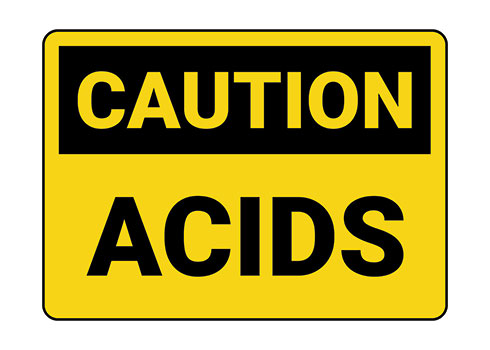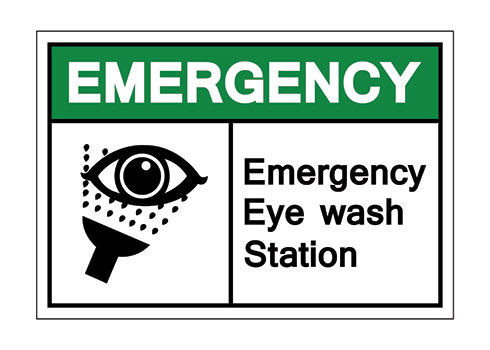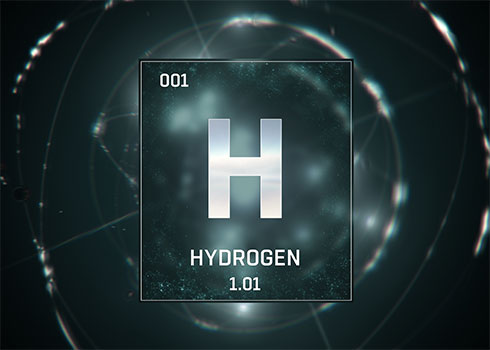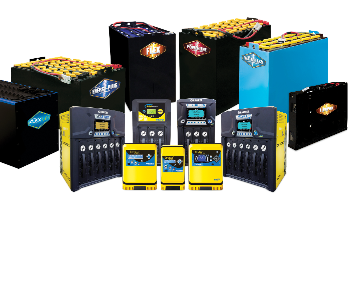Dangerous Elements
A lead-acid battery by its very nature exposes personnel to several potentially dangerous elements: sulfuric acid, explosive gases, electricity, and heavy weight.
- A solution of sulfuric acid and water is used as the electrolyte in lead-acid batteries, and has a concentration of sulfuric acid by weight of 37% to 43% in a fully-charged condition. This corresponds to a concentration by volume of 25% to 30%. Even in a diluted state, sulfuric acid is a strong oxidizing agent and can burn skin and eyes and produce holes in clothing made of materials such as cotton and rayon.
- An explosive mixture of hydrogen and oxygen is produced in the battery during the charging process. These gases can cause the battery cells to explode if a spark or flame is present. Due to the lightness of hydrogen, it should readily diffuse into the atmosphere before it can collect into an explosive mixture. However, if not properly dispersed, it can explode if a means of ignition is present.
- Electricity is produced by the battery, and while most persons cannot “feel” voltages below 35 to 40 volts, all batteries should be regarded as potentially dangerous. A lead-acid battery is capable of discharging at extremely high rates, and under a direct short of even a few cells can cause much damage and serious injury.
- The weight of industrial batteries can crush hands and feet if care is not taken during handling. The average motive power battery weighs in excess of 2,000 pounds. Adequate and proper handling equipment should always be provided.
[ BATTERIES ] [ SAFETY ]
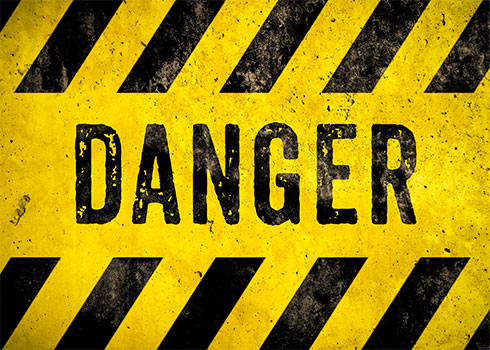
CONTACT US
Call our friendly and knowledgeable staff to get expert advice on everything from the latest battery charging technology, including opportunity and fast charging to battery watering and battery safety products.
 (888) 538-4490
Get In Touch Now
(888) 538-4490
Get In Touch Now


.svg)

